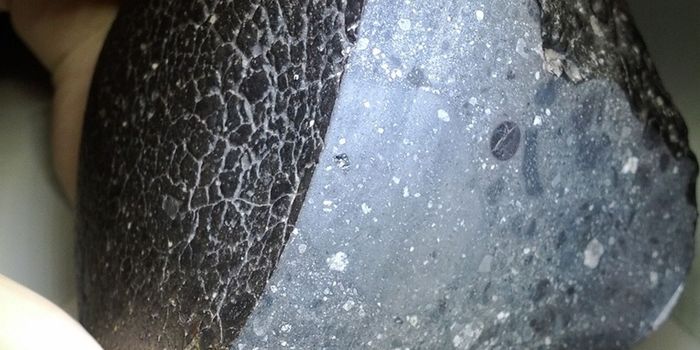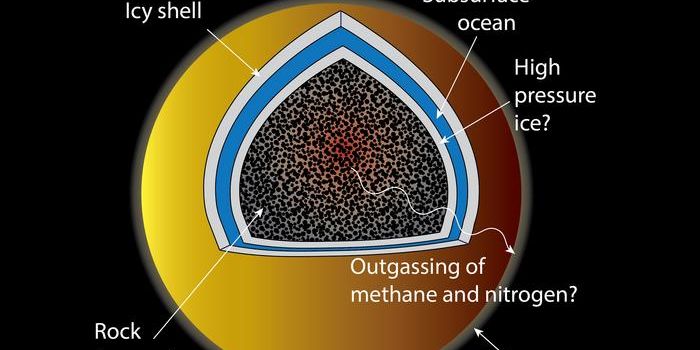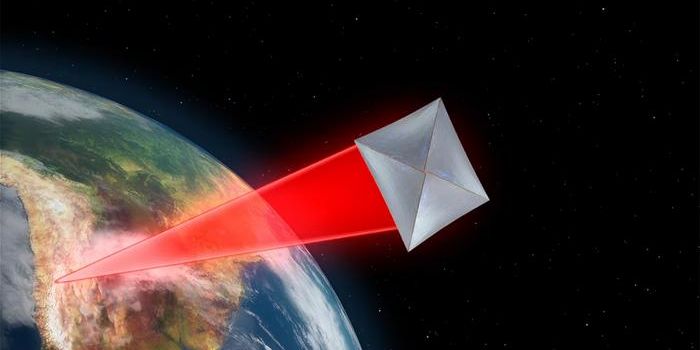Greenland's Ice Sheet is Experiencing "Worst-Case Scenario" Loss
Greenland’s Ice Sheet—which covers 75% of the nation's land mass—is melting at a rate aligned with “worst-case scenario” sea level rise projections. If the current rate of loss continues, Greenland’s ice melt will result in 3 to 5 inches of global sea level rise by 2100.
This news comes from the results of a study from NASA and the European Space Agency (ESA) published today in Nature. The research is a collaboration of 89 polar scientists from 50 scientific institutions supported by NASA and the ESA. Called “The Ice Sheet Mass Balance Inter-comparison Exercise,” or IMBIE for short, this cooperative effort was established in 2011. According to a press release from NASA, IMBIE used “well-calibrated data from 13 NASA and ESA satellite missions to create the most accurate measurements of ice loss to date.” The most recent study is the third IMBIE effort examining ice loss as a result of global warming.
Between 1992 and 2019, the Greenland Ice Sheet lost 3.8 trillion tons of ice. NASA reports that this is the equivalent of adding water from 120 million Olympic-size swimming pools to the ocean every year for twenty-six years. Andrew Shepherd, lead author and scientist from the University of Leeds, stated: “as a rule of thumb, for every centimeter rise in global sea level, another 6 million people are exposed to coastal flooding around the planet.” He estimates that 100 million people will be flooded each year by the end of the century, a total of 400 million in total.
Additionally, Greenland is losing ice at seven times the rate it was in 1990. In the 1990s, when the study initiated, Greenland was losing about 26 billion tons of ice mass per year. The current average is 234 billion tons per year—seven times faster today than at the beginning of the study period. According to the study, half of Greenland’s sea ice loss comes from surface ice melting in warmer air. The remaining loss is due to warmer ocean water temperatures, iceberg calving, and accelerated rates of ice shedding into the ocean.
Erik Ivins, second author and lead scientist at NASA’s Jet Propulsion Laboratory, cautioned that “the full set of consequence of future melt from the Greenland Ice Sheet remains uncertain, but even a small increase in sea level can have devastating effects on ports and coastal zones, cause destructive erosion, wetland flooding, and aquifer and agricultural soil contamination.”








